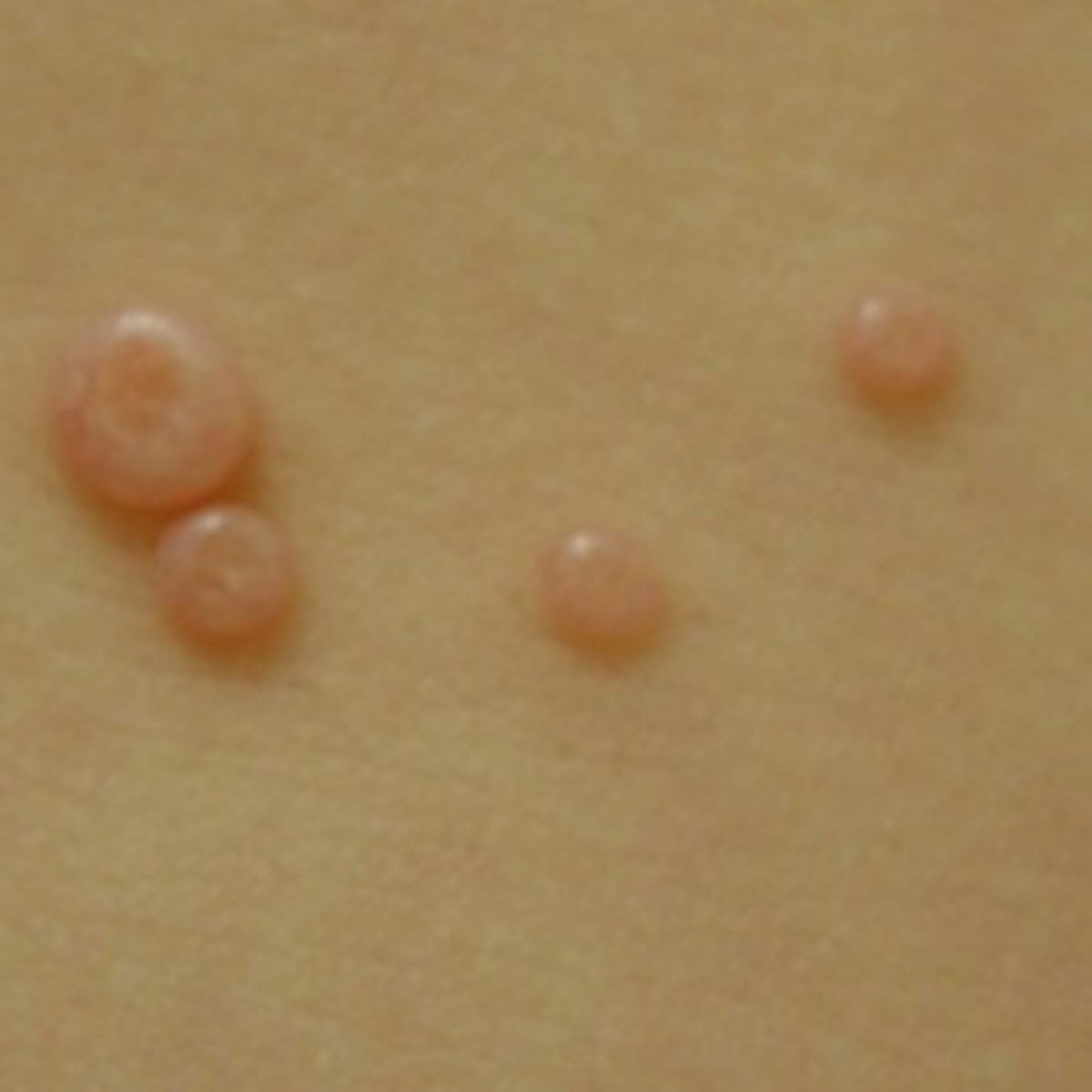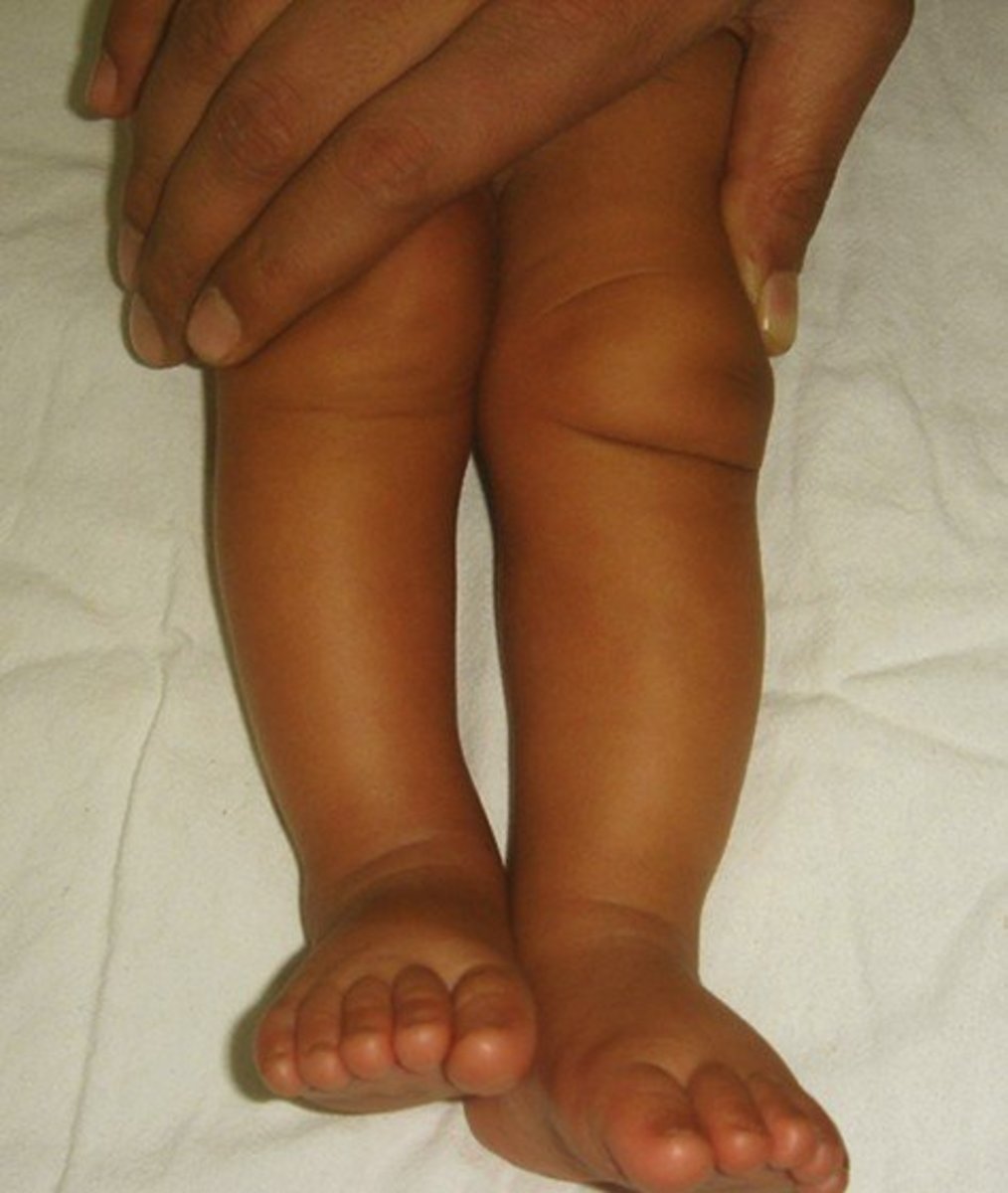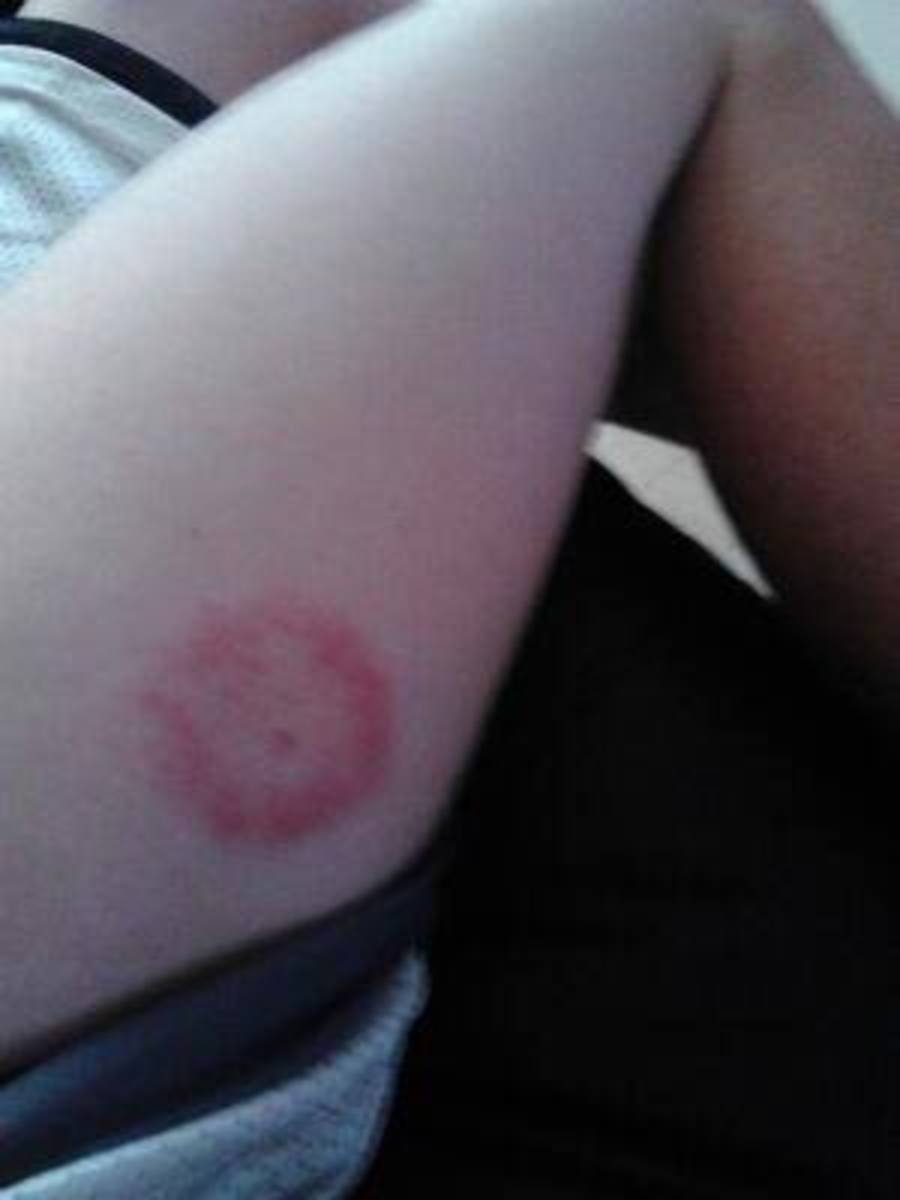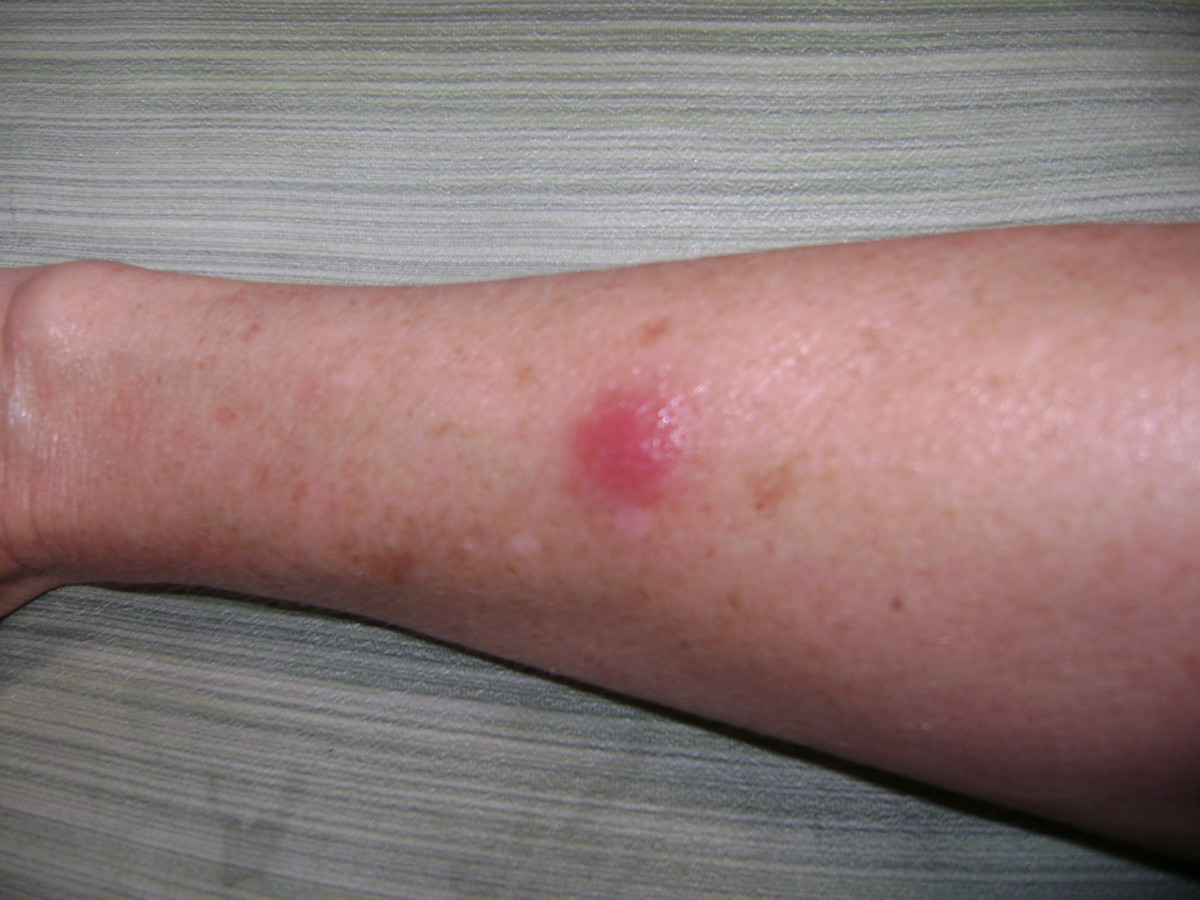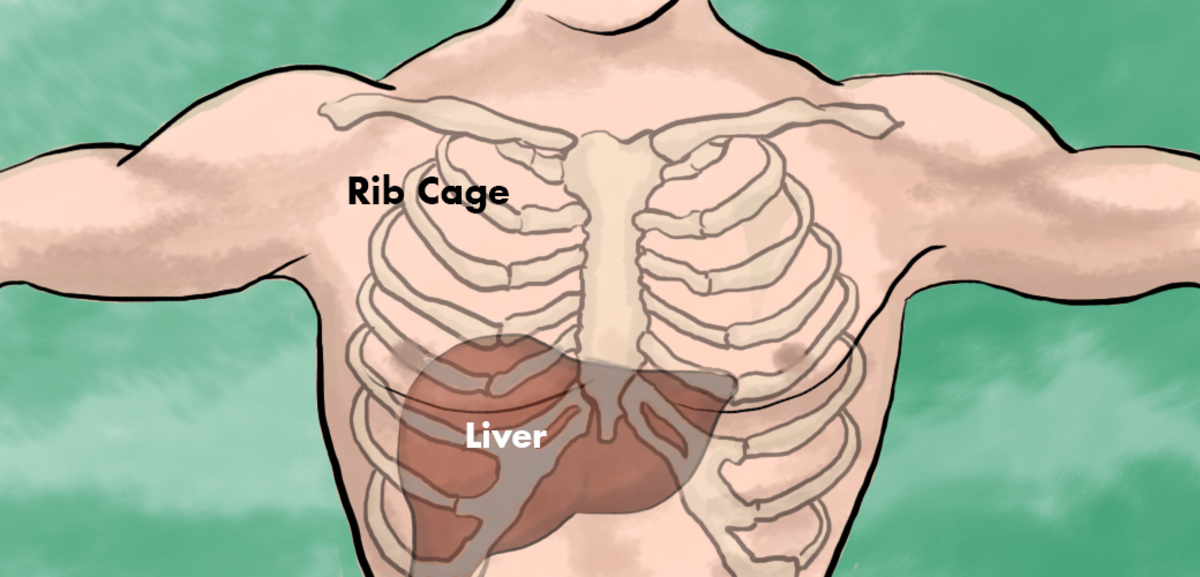Causes and Treatment of Lyme Disease
Lyme Disease Information
- Lyme Disease Network
A non-profit organization that seeks to educate the public about prevention and treatment of Lyme Disease and other tick-borne illnesses. - American Lyme Disease Foundation
Dedicated to the prevention, diagnosis, and treatment, of Lyme disease and other tick-borne infections.
History of Lyme Disease
The number one tick-borne disease in the United States, Lyme disease, has advancement a lot over the years. At one time, there was virtually no information known about the condition, it was commonly diagnosed as juvenile rheumatoid arthritis and other conditions and illnesses.
In 1975, many children in Old Lyme, Connecticut, suffered from swelling in large joints that would come and go, similar to an arthritis-like conditions. Many of the mothers disagreed with the diagnosis that their young children had arthritis and insisted that some infection agent had caused their children's pain.
Later that decade, Dr. Allen Steere named the condition Lyme arthritis after recognizing it as a part of a "complex multi-system illness." Although, this was the first major incidence of the condition in the United States, it has been recognized in Europe and in Germany since the late 19th century (1883), when Alfred Buchwald described a skin disorder that continually worsened, now known as acrodermatis chronica atrophincans.
Arvid Afzelius researched the rash and presented an explanation that an ‘Ixodes' tick was the cause. Willy Burgdorferi discovered parasites within two of the ticks gathered for testing while researching Rocky Mountain Spotted Fever, and with further investigation, he discovered spirochetes within the parasites that were determined to be the cause of Lyme disease and were named ‘Borrelia burgdorferi' (Bb).
In 1988, a non-profit organization, Lyme Disease Foundation (LDF) was founded to help find solutions for tick-borne disease. Although the foundation studies other tick-borne diseases, it especially focuses on Lyme disease and provides a large amount of research and personal stories about the condition. In order to promote the disease and its severity, the LDF made the term ‘Lyme disease' a household word, hoping that more precautions will be considered.
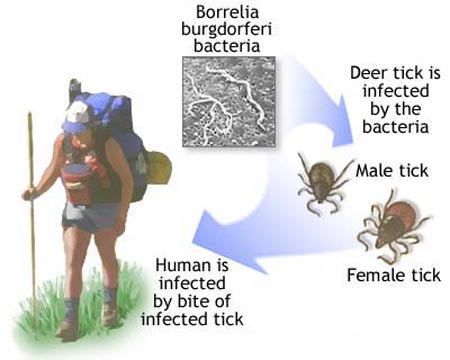
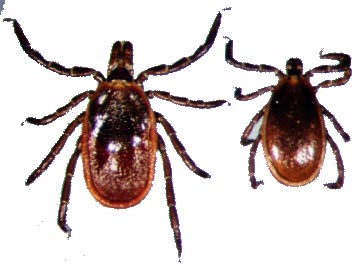


Causes of Lyme Disease
The spirochete within the body fluid of a tick doesn't just appear, it must be acquired from the bite of another mammal, such as a deer, a deer mouse, or a marine bird.
When the infected tick finds an unsuspecting human host, it penetrates its barbed mouthparts into the skin until reaching the bloodstream. So that it cannot be easily removed, the tick uses special glue that helps keep it attached to its host until it has finished feeding. While feeding, the tick regurgitates a population of spirochetes into the bloodstream, where they adapt to the new conditions as to increase the chance of infection.
While in the body, the bacteria burrow in the lymphocyte cells and exit with the cell membrane surrounding itself; it also embeds itself within joints, and muscles, causing the arthritis-like symptoms.
The spirochetes move through the bloodstream very quickly, only taking about twelve hours until it is found cerebrospinal fluid, but it doesn't stop there. It can invade many parts of the body such as skin, muscles, joints, sinus and ocular tissues, lungs, gastrointestinal tract, and the nervous and cardiovascular systems, causing a number of different symptoms.
Even if dead spirochetes, or fragments of spirochetes, are contained within the human host, inflammation and autoimmunity can be caused by molecular mimicry.
Because the number of cases of Lyme disease has increased greatly, many scientists feel that there must be another way to contract the disease. After feeding on one human after another after another, scientists think that insects such as, fleas, mosquitoes, and flies, can pass the disease from one person to another, as well. Although this theory has not been proven to be true yet, the scientists feel that it is possible that after feeding on one infected human, the insects can transmit the bacteria to another.
Signs of Lyme Disease

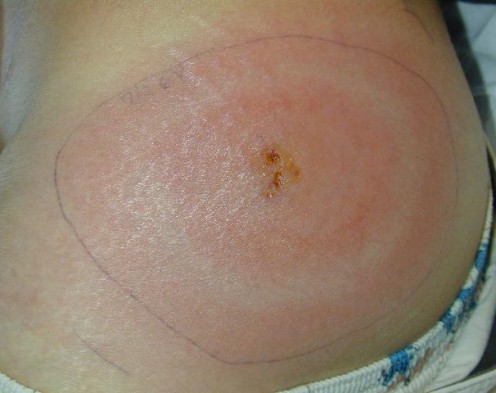
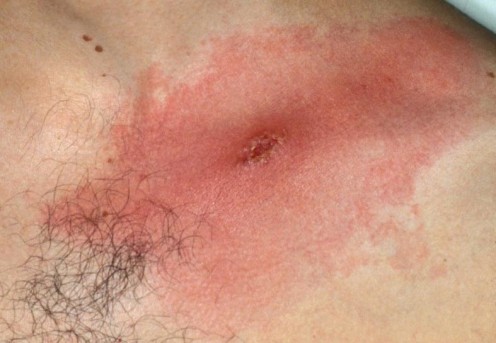
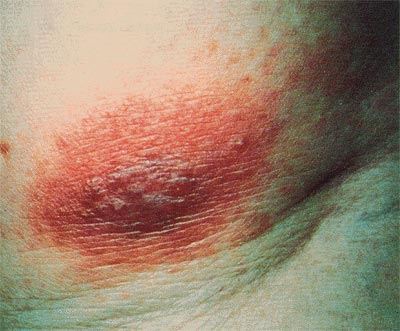
Symptoms of Lyme Disease
Once bitten, there are three different categories of symptoms: early, early disseminated, and chronic.
Symptoms of the early stage of Lyme disease are seen days to weeks after the initial bite. The most noticeable symptom of this stage is a rash, Erythema migrans, which occurs in about 60-80% of infected people. This rash can appear to be solid red or it can be resemble a bull's eye, and is usually about five to six inches in diameter but can become the size of a football.
Other symptoms of the early stage include
- Fatigue
- Chills and fever
- Swollen lymph nodes
- Stiff joints
Although under some controversy, flu-like symptoms that occur during warm months of the year can be a sign of Lyme disease, as well.
The early disseminated stage of Lyme disease occurs weeks to months after the initial bite. This stage is seen when early symptoms are have gone unnoticed or were ignored.
This is when the bacteria is allowed to spread to other parts of the body, causing:
- Meningitis
- Irregular jerking
- Carpal tunnel syndrome
- Facial palsy
- Mild of recurring hepatitis
- Sensitivity to light
Occasionally in this stage, multiple rashes may occur in other places than around the bite. Eight percent of children suffer from heart problems, and ten percent suffer from neurological problems in the early disseminated stage.
The last, and most sever of the three stages occurs months to years after the initial bit.
This stage causes:
- Chronic Lyme arthritis
- Chronic muscle pain
- Long-term swelling
- Pain in joints
- Chronic facial palsy
- Permanent heart problems
- Optic neuritis
- Other chronic rashes causing tough and leathery patches of skin.
In both the early disseminated and chronic stages of Lyme disease, mood swings can occur as well as brain swelling, memory loss, difficulty concentrating, and learning difficulties.
Lyme Disease in Dogs
- Lyme Disease (Borreliosis) in Dogs
Find basic info about Lyme Disease in dogs. - Lyme Disease in Dogs and Humans
Explains the Cause and Treatment Lyme Disease in Dogs and People.
Diagnosing Lyme Disease
Because Lyme disease symptoms can mimic those of other conditions such syphilis, it is hard to diagnose, especially when the Erythema migran rash is not present, but nevertheless, it can be diagnosed with a few, simple tests.
The ELISA test is preformed about two to six weeks after the infection has set in, and if the test is preformed before two weeks specific antibodies are not present in the host's blood. This blood test is not fully accurate, testing only for the antibodies in the blood, not for the bacteria that cause the disease.
More accurate than the ELISA, the Western Blot test, is used to confirm any results made by the ELISA and preformed about six to twelve weeks after the infection.
If someone, who lives in an area where Lyme disease is prevalent, was to have the Western Blot test preformed often, with or without Lyme disease symptoms, the results will likely show that the person is positive for the disease even if he is not.
Other tests can be preformed in order to rule out conditions with the similar symptoms.
- Liver function tests and blood count tests are preformed to examine the number of red blood cells, testing for Ehrlichiosis (HGE) and Babesiosis.
- When a patient is suffering from severe headaches, a spinal tap may be preformed in order to determine if there is inflammation in the nervous system such as in meningitis and encephalitis; a spinal tap also tests for antibodies in the spinal fluid.
- A Polymerase Chain Reaction (PCR) detects and amplifies the DNA of the spirochetes so that they can be seen, testing whether or not the person is suffering from persistent neurological symptoms or swollen joints that cannot be corrected with medications.
- A Lyme Urinary Antigen Capture Test (LUAT) shows that Borrelia DNA can be excreted by some patients, so this test is sometimes preformed.
- Other tests such as Enzyme Link Immunoabsorbent Test and the Indirect Immunofluoresence can also be preformed.
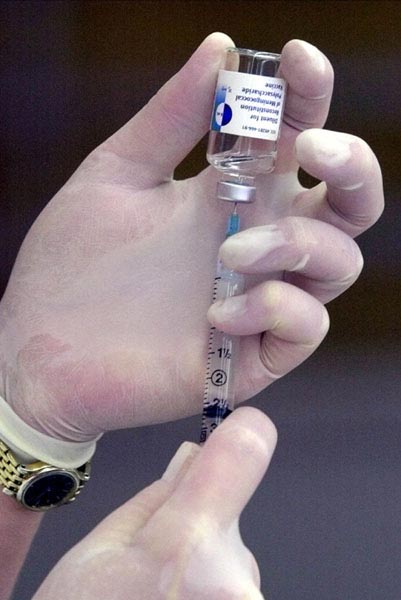
Lyme Disease Treatment
The vaccine, LYMErix, that was previously used to treat Lyme disease in patients fifteen to seventy years old was removed from the market because of high risks of sever side-effects and because the drug is not fully effective.
In replace of the drug, doctors prescribe antibiotics according to which stage of Lyme disease the infected person has. Doxycycline, amoxicillin, and ceftin, are three antibiotics that are highly recommend and prescribed to relieve most symptoms.
Anti-inflammatory medicines, such as ibuprofen, are also prescribed in cases of joint stiffness.
Sometime, several treatments of oral, IV treatments may be needed, but long-term IV treatment, any treatment that is longer than four to six weeks, can result in possible side-effects, such as auto-immune deficiencies.
Probiotics are sometimes prescibed in addition to antibiotics so that intestinal dysbiosis can be prevented.
In addition to the antibiotic treatments, some doctors prescribe additional treatments, such as:
- Immune System therapy enhances the immune system where the bacteria suppresses it.
- Lyme-Aid, an all-natural supplement, is used in the chronic stage to enhace the antibodies of other Lyme Disease treatments.
- Silver can be given to help chronic stages, but a doctor must prescribe the use of it.
- Electro-acupuncture (EAV) is a type of therapy that picks up any underlying deficiencies in the liver, large intestines, and the spleen.
- Acupuncture is used when the patient has chronic muscle pain, neck pain, muscle tension, headache, lower back pain, and arthritis, as it decreases pain, increases mobility, and decreases fatigue, but with excess usage, it is thought that acupuncture can aggravate symptoms of herxeimer reactions.
Nutritional regimens such as:
- Fish and borage seed oils and multi-vitamin/mineral formulas, are good anti-inflammatory supplements.
- Calcium/magnesium supplements help relieve muscle pains and spasms.
Mitochondrial nutrients help induce energy production.
- Vitamins B and C help enhance immune system functions.
Lyme Disease Prognosis
If caught in the early stage, Lyme disease is almost always fully curable, but the longer the condition goes without treatment, the "cure rate" decreases.
Once the disease has reached the chronic stage, sometimes treatment is ineffective, and the patients suffer from long-term symptoms such as Lyme arthritis, swelling, pain in muscles, and periodic facial palsy.
Most cases of Lyme disease occur in a quick recovery with few complications, while other cases recover slowly.

Western Fence Lizard
It is thought that the Western Fence Lizard possesses a natural antibody to prevent Lyme Disease.
Disclaimer: Please be aware that the advice in this article should in no way replace that of a licensed physician. If you think that you might have Lyme Disease, you want to consult your doctor so that you can get proper diagnosis and treatment.

